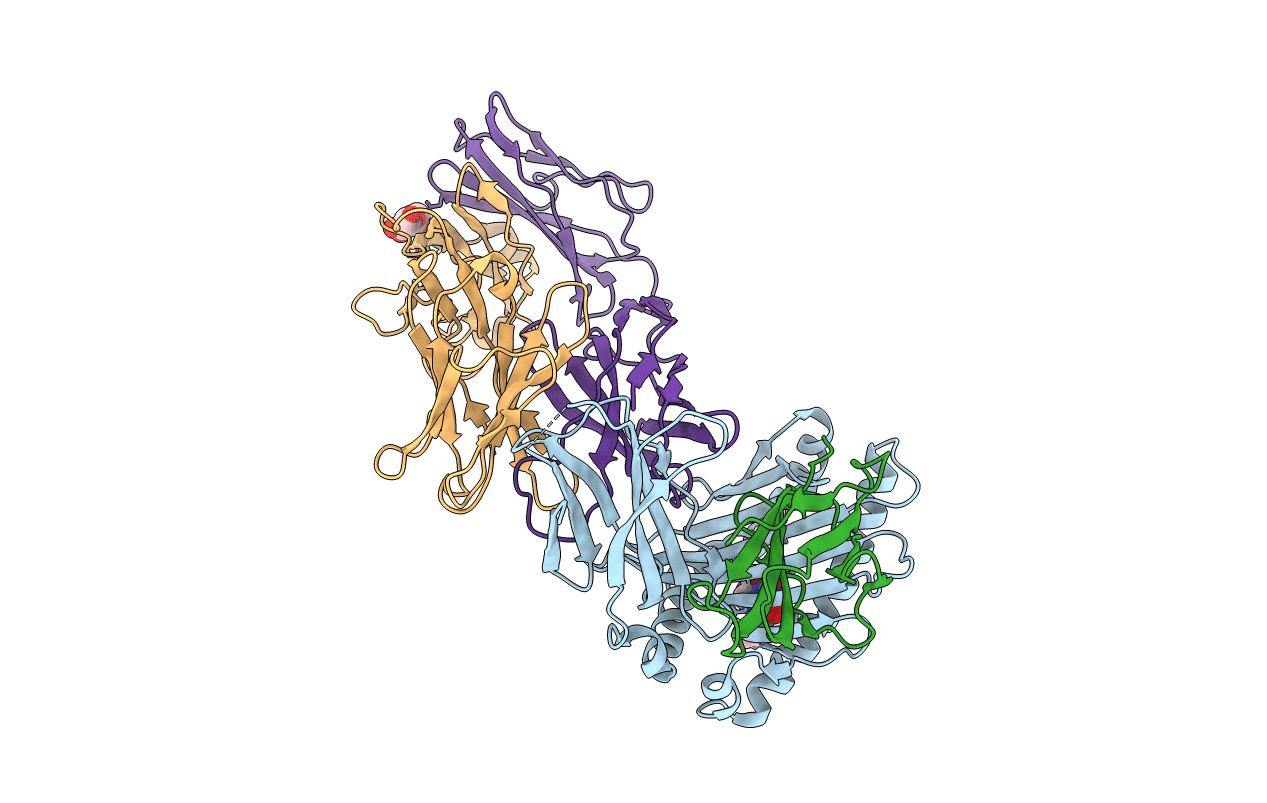
Deposition Date
2018-10-30
Release Date
2019-12-18
Last Version Date
2024-10-23
Method Details:
Experimental Method:
Resolution:
3.30 Å
R-Value Free:
0.26
R-Value Work:
0.23
R-Value Observed:
0.23
Space Group:
P 43 21 2


